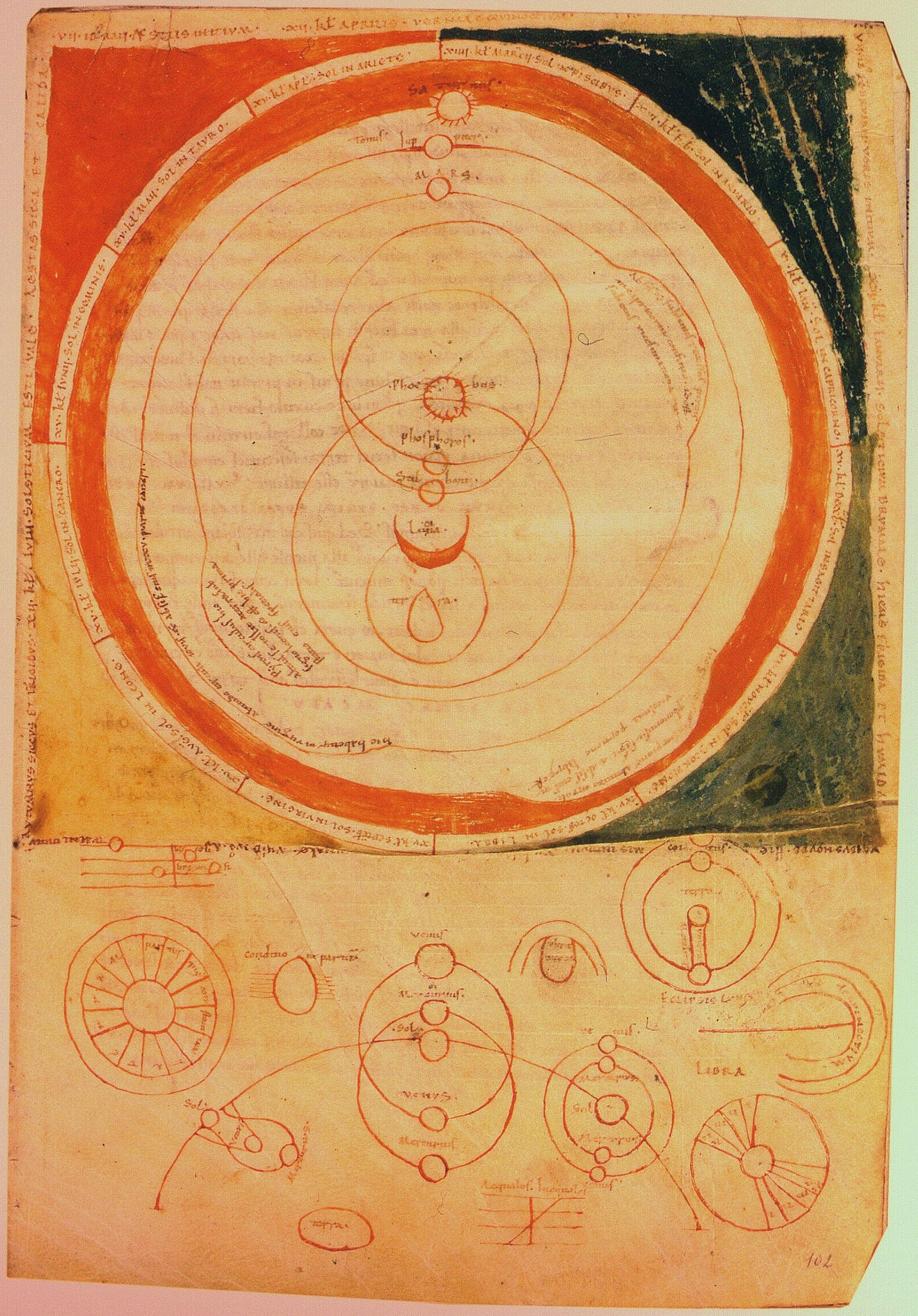
water. He suggested that the shape of the chip influenced the pressure it exerted on the liquid, an idea that, while innovative, fell short of modern understanding. Galileo emphasized the importance of experimental inquiry and mathematical reasoning, arguing that the empirical evidence should guide the development of scientific theories.
The publication of the Discorso marked a pivotal moment in the evolution of physics. By defending Archimedean principles, Galileo laid the groundwork for future investigations into fluid mechanics and buoyancy. His work not only challenged Aristotelian dogma but also elevated the role of mathematics in the study of natural phenomena.
Ultimately, the conflict over floating bodies was a microcosm of the larger struggle between innovation and tradition, highlighting the tensions that characterized the scientific landscape of the time. Galileo’s engagement with his intellectual adversaries underscored the importance of dialogue in scientific progress and paved the way for the acceptance of new ideas that would shape the modern scientific worldview.
